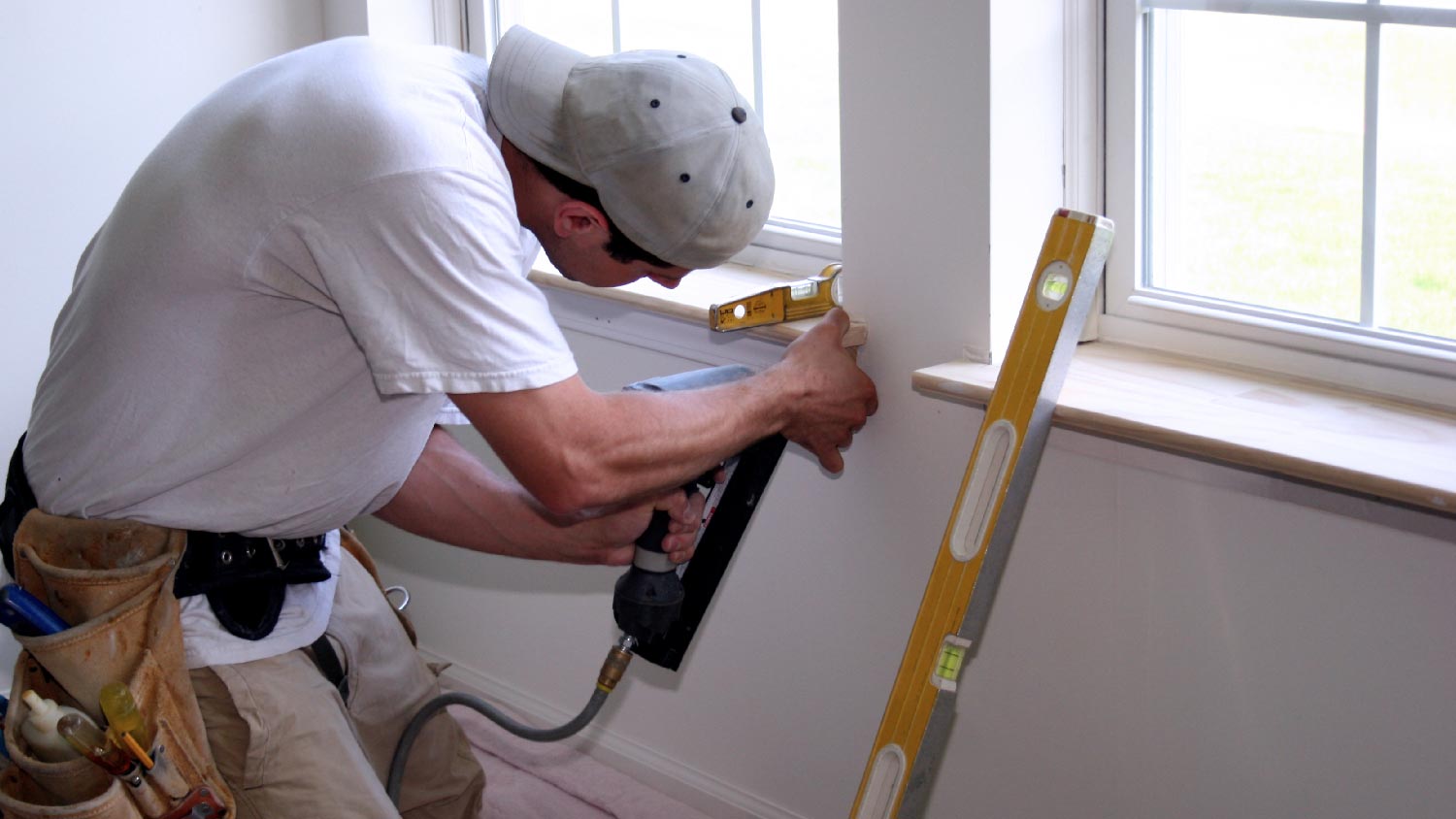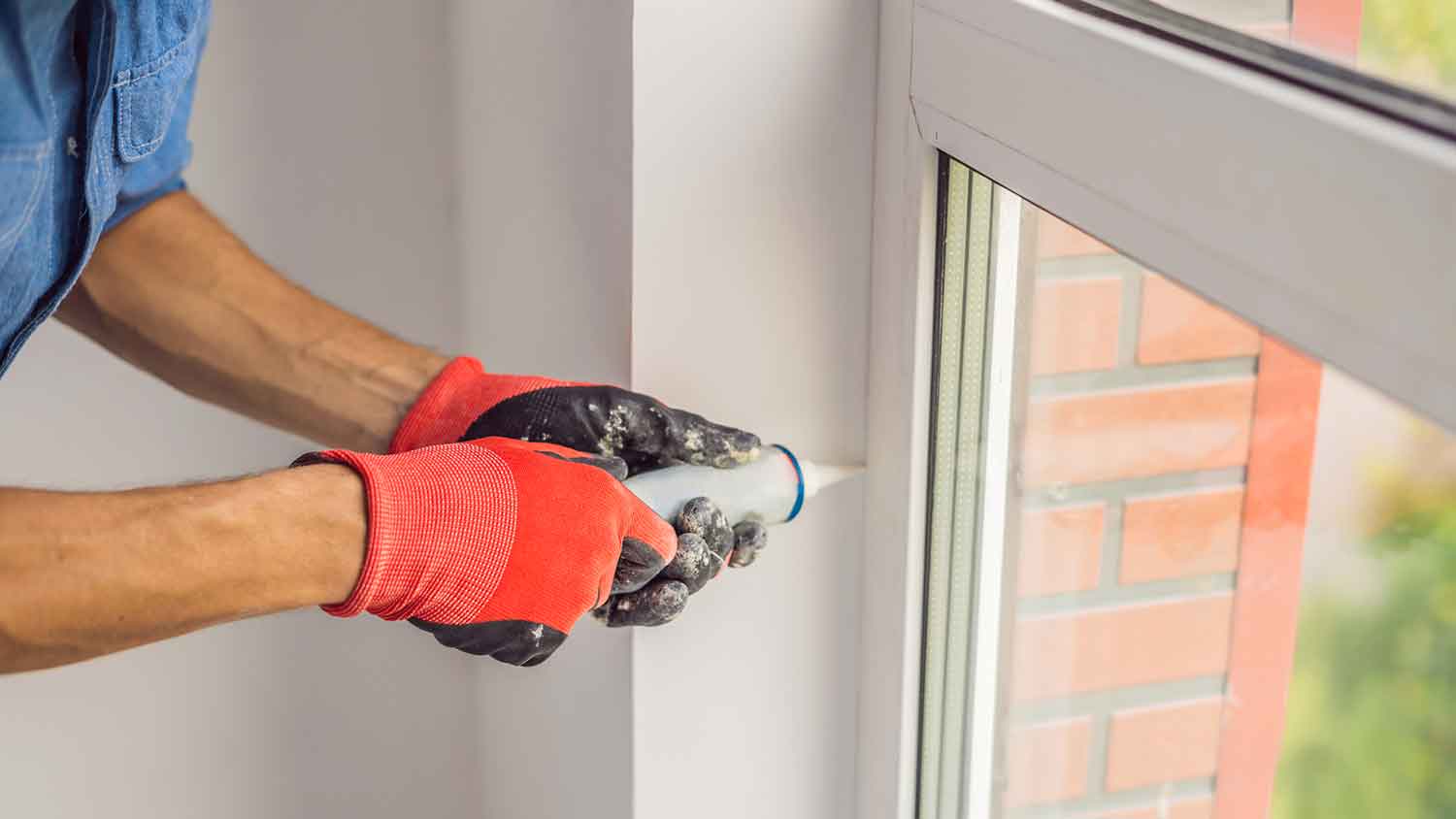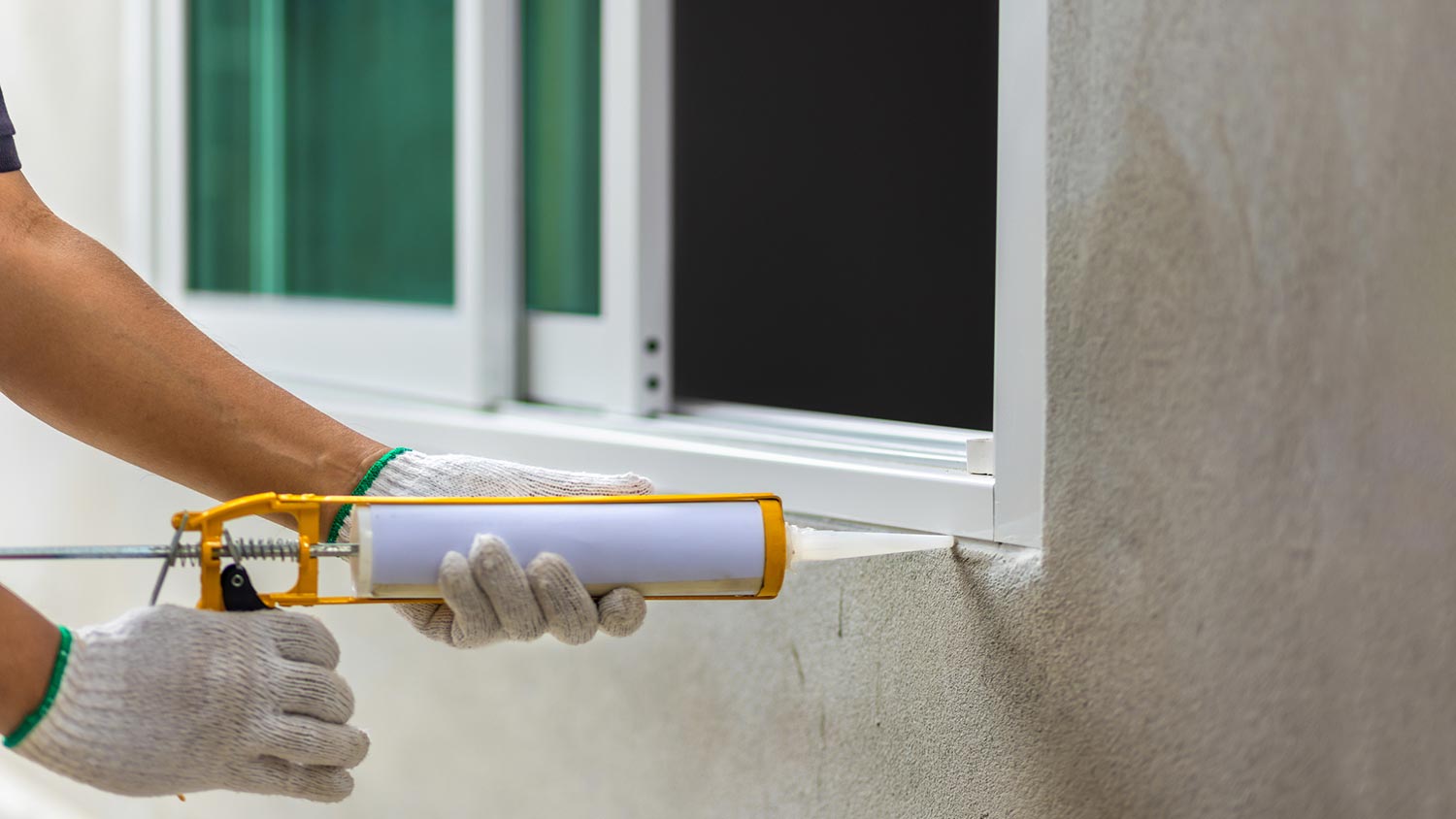
Who replaces window sills? Learn when to hire a window repair company vs. a handyperson or carpenter and what affects cost
Window well replacement costs an average of $2,200


On average, a window well replacement costs between $1,800 and $3,000, with an average total of $2,200.
Window well replacement costs depend on materials, window type, labor, and permits.
Completing this project can increase home value and improve indoor comfort.
Professional installation helps prevent costly mistakes and ensures compliance with local building requirements.
This article was updated using automation technology and thoroughly reviewed for accuracy by HomeAdvisor Editor Ryan Noonan.
Window well replacement costs an average of $2,200, with most homeowners spending between $1,800 and $3,000. However, depending on factors such as size, materials, and labor, you could pay as little as $1,200 or as much as $4,200. Installing or replacing a window well is a smart way to brighten the basement and keep it safe and dry. Hiring a professional ensures compliance with local regulations and an expert-quality result.
How much you spend on a window well replacement depends on a variety of factors. Here’s a closer look at how your total breaks down.
The material you pick for the window well drives both price and performance. Common options include plastic, steel, fiberglass, and concrete:
Plastic ($700–$1,000): The most affordable option, plastic wells are lightweight and easy to install but may not be as durable in the long term.
Steel ($800–$1,800): Steel wells offer superior strength and durability, making them a popular choice for homeowners seeking longevity.
Fiberglass ($1,000–$2,200): Fiberglass wells offer resistance to rust and corrosion, striking a balance between durability and low maintenance.
Concrete ($1,500–$2,800): Custom concrete wells offer maximum durability and can be designed to match your home's exterior, but come at a higher cost.
Your chosen material is the first line of defense against expanding soil and rainwater, so ensure it suits both your climate and budget. Appearance matters, too—whatever you select is what you’ll see every time you look out the basement window.
Be sure to add the price of the window itself to your budget, which costs $100 to $1,000 or more, depending on size and style. You’ll also want to include a window-well cover, which costs between $70 and $700, to help keep out debris, moisture, and pests.
Plan on setting aside roughly half of your budget for labor, averaging $900 to $1,500 for most projects. If the job is a straightforward swap, you may pay as little as $500; however, custom concrete work can increase the figure to closer to $1,500.
These labor costs cover:
Removing the old window well
Excavating the area, if necessary
Installing the new window well
If you're also installing an egress window, expect to add $50 to $150 in labor costs per window. Factors that can influence labor costs include the size of your window well, accessibility of the installation site, and any additional work such as connecting to drainage systems.
Most municipalities require a permit for a window well or egress window to make sure everything meets local safety codes. Fees range between $50 and $100, but can reach $300 in some areas. A window installer near you can pull the permit and keep the paperwork hassle-free.
The cost of replacing your window well depends on the type of window you’re installing. Here are some common window options and their costs.
| Window Type | Average Cost Range |
|---|---|
| Picture | $65–$700 |
| Single-hung | $100–$400 |
| Double-hung | $150–$650 |
| Casement | $150–$1,000 |
If you're installing a window well, it follows that you'll need to install an egress window, too. These two jobs are often part of the same project, which reduces overall cost. The cost of an egress basement window is between $100 and $1,000 or more, depending on the type and size of window you choose.
Installing window well covers is a smart way to keep out rain, debris, and pests, helping to maintain a clean and dry basement. Window well covers come in various materials and styles:
Plastic covers ($70–$200): Lightweight and affordable, they allow light into your basement but may be less durable.
Polycarbonate covers ($200–$300): Durable and UV-resistant, offering a balance between strength and transparency.
Metal grates ($300–$700): Provide robust protection and ventilation, but may reduce natural light.
Think about how much light, protection, and curb appeal you want before picking a cover. If your well has unusual dimensions—or you simply want a particular look—ask your pro about custom options.
Replacing a window well costs between $300 and $2,100, with most homeowners paying an average of $850. This cost is comparable to installing a new window well, depending on the materials and labor involved.
Installing a window well can look DIY-friendly at first, but the job involves digging right next to your foundation, and even minor mistakes can be costly. Mistakes can lead to foundation damage, water intrusion, or code violations, which can be costly to fix. Hiring a professional ensures:
Proper installation: A seasoned contractor has the tools and know-how to set the well correctly the first time.
Code compliance: Professionals are familiar with local building codes and will ensure your window well meets all safety requirements.
Permitting: They can handle the permitting process on your behalf, saving you time and ensuring all legal requirements are met.
Peace of mind: Professional installation reduces the risk of future problems, protecting your investment.
No place is more important than your home, which is why HomeAdvisor connects homeowners with local pros to transform their houses into homes they love. To help homeowners prepare for their next project, HomeAdvisor provides readers with accurate cost data and follows strict editorial guidelines. After a project is complete, we survey real customers about the costs to develop the pricing data you see, so you can make the best decisions for you and your home. We pair this data with research from reputable sources, including the U.S. Bureau of Labor Statistics, academic journals, market studies, and interviews with industry experts—all to ensure our prices reflect real-world projects.
From average costs to expert advice, get all the answers you need to get your job done.

Who replaces window sills? Learn when to hire a window repair company vs. a handyperson or carpenter and what affects cost

Who to call for window leak repair? Learn which pro fixes leaky windows, repair steps, and costs so you can hire with confidence

Wondering who to call to fix an egress window? Learn whether to hire a window repair specialist, general contractor, or handyperson and what they do.

Who do you call to fix a broken window? Learn whether to hire a window repair team or a handyperson, how pros work, and what affects cost.

Who to hire to caulk windows? Compare a window repair team vs. handyperson, see what pros do, and learn the typical rates for pros.

Discover the average cost of window repair in 2025, including common repairs, window types, and factors that influence pricing. Learn whether DIY or professional services are the best option for your window repair needs.